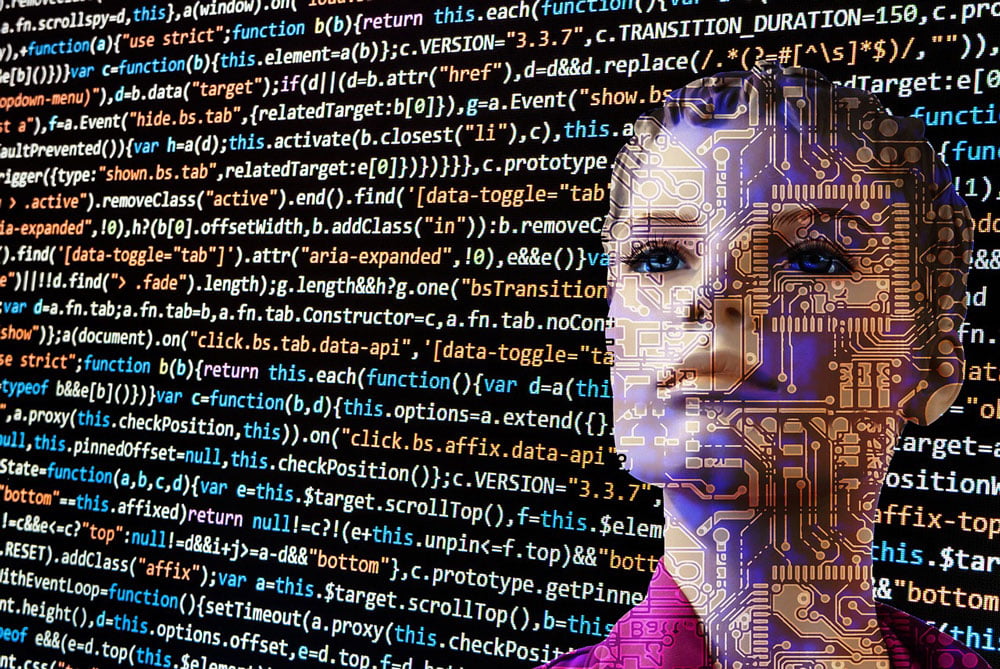How AI is Set to Shape Our Presentations in the Future


The Algorithmic Mentor
Wouldn’t it be great to know if your presentation will be warmly received before giving it? Thanks to a machine-learning system developed by Toshihiko Yamasaki, this could soon be the case.
Yamasaki programmed his system to trawl the entire TED Talk database – a collection of some of the most fascinating lectures and presentations delivered by some of the world’s leading experts. It then ran a sentiment analysis on the presenter’s choice and deliverance of words, tone, and voicings and compared and contrasted them with how well the presentations have been received by the visitors to the TED website.
So far, Yamasaki’s system has built a compelling database of what it is that makes a great presentation. In the process, he has also created a great tool that can provide objective feedback on recordings of our own presentations before we give them. All that we have to do is record them and submit them for analysis by the system.
How Artificial Intelligence grades humans
The system works by grading us along 14 points. These points are:
- Ingenious
- Persuasive
- Fascinating
- OK
- Courageous
- Unconvincing
- Confusing
- Inspiring
- Informative
- Jaw-dropping
- Beautiful
- Funny
- Long Winded
- Obnoxious
The system assigns a percentage to each point. As you can see, some of these points are negative traits. By evaluating presentations in such a way, soon-to-be public speakers can modify their presentations accordingly or at least take the suggestions onboard for future presentations.
The endgame for Yamasaki is to reach a point where the system can give a real-time analysis. So speakers can effectively present to the system, immediately picking out points of weakness.
While it would be great to have this piece of tech ready and available for everyone online to use and contribute to, it’s sadly not a reality…yet. Yamasaki’s tech is sadly still confined to the walls of Tokyo University of Engineering but there is good reason to hope that it will come online in the coming year. AI systems work best with large data sets so a natural progression for any AI system is to go public and allow a much larger user base to test the system. Fingers crossed.
How AI assists humans
Yamasaki’s system, while impressive, still has the ball very much in humanity’s court. Other systems though are handing ever more power over to AI to influence our presentations.
After being bombarded with information related to graphic design, font sizes, layouts, and what makes a successful presentation, new software is building our presentation slides for us.
This is advantageous because, as presenters, we are often too close to the subject matter to know if it is comprehensible or engaging to our audience. AI is able to bring another perspective to how our slides can be put together.
Some programmes, such as Beautiful.ai can arrange convincing presentations by just feeding in the preliminary data that you have on the subject. The slides it produces are often well-formed, engagingly crafted, with relevant images, bullet points, and quotations, amongst other things.
One AI-assistant programme to watch out for in the coming years is Microsoft’s simply-named Design Ideas feature– that is now a feature in Microsoft Office 365.
These AI programmes are not perfect, but they are capable of learning. Over time, they will develop a knack for the type of presentations it is that you go for, and they can even track the keywords that you use to make sure the presentation doesn’t deviate too much from the subject matter.
How AI ‘becomes’ human (The Turing test)
We’ve already discussed how AI is making the jump from mentor to assistant. Now it seems right to ask: what is next for the future of AI in presentations? The final possibility is: AI completely takes over the reins and drafts, assembles and delivers presentations all on its own.
After all, AI has already generated music, short stories, and poetry. There are even pop-singers on the internet that spark popular debate over whether they are real or AI bots.
It is likely that within the next decade sophisticated AI programmes will put together presentations automatically with minimal human intervention, and perhaps even deliver them with an automated narration. These presentations may still be artificially ‘wooden’; that is, recognisably machine-created; but over time it will become increasingly difficult to discern if a presentation is the product of human creativity, organisation and deliverance, or just the efficient output of the learned algorithmic changes of an increasingly clever machine.
The machines may even be able to create visualisations, (i.e. video footage and generate new stock photos) as a result of the primary data that it receives. Although at the moment ‘concepts’ are difficult for AI programmes to decipher, there’s no reason to doubt that this barrier won’t be overcome as the technology gets faster, more efficient, and more intelligent.
In 1950 Alan Turing presented his idea for how we could potentially determine whether an AI was truly intelligent or just mimicking human behaviour. He posited that a machine would be truly intelligent if a human tester could not differentiate between three test data sets, two of which would be produced by humans, one of which would be made by the AI.
We are more than halfway from Turing’s invention of his test and the estimated deadline before ‘real’ human-like AI is developed (that year is 2055). If real AI super-intelligence ever becomes a reality, then it may run unimpeded, free from the slow computing powers of human beings.
The ethical and security implications of AI are already rearing their heads, with deepfake audio and video manipulation software already being used to dupe company’s into fraudulent transactions between mimicked senior executives. This controversial software also has potential legitimate applications in the presentation space. Real time facial and audio manipulation with little or no direct input from the subject could increase efficiency massively around issues of poor sound quality or factual inaccuracies in video content.
Although we are entering the realm of speculation, it is hard to place humanity’s role in an era of AI super-intelligence. But presentations may then become the primary way for an AI super-intelligence to keep us up to date (or at least, as up to date as possible) with what it is doing. The simple art of delivering and explaining ideas in a presentation format may even become the primary channel of a one-way communication system: that is, a way for one super intelligent life form to pass down information to its junior partners (that’s us).











